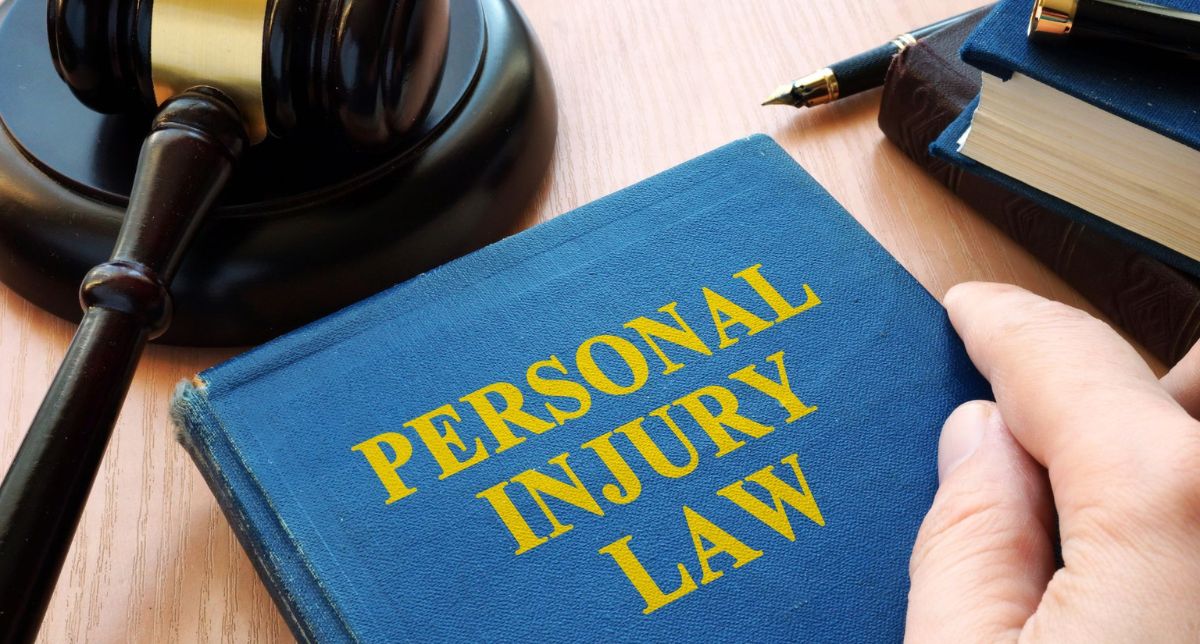

Sponsored Ads

Sponsored Ads

Navigating the legal landscape of a personal injury (PI) case can be complex, especially when trying to understand the roles and responsibilities of each party involved.
Have you ever wondered about the differences between the plaintiff and the defendant in a personal injury case?
In a PI case, the plaintiff is the injured party seeking compensation, while the defendant is the individual or entity accused of causing the injury. We'll explore the distinctions between plaintiffs and defendants to clarify these roles and their implications.
The Plaintiff in a PI Case
The plaintiff is the injured party in a personal injury (PI) case. They are the individuals who have suffered harm due to another person's negligence or wrongful actions. In essence, the plaintiff is the victim seeking compensation for their losses.
To win a PI case, the plaintiff has the burden of proof. This means they must demonstrate the following:
Negligence: The defendant owed the plaintiff a duty of care, breached that duty, and this breach directly caused the plaintiff's injuries.
Causation: The defendant's actions were the direct cause of the plaintiff's injuries.
Damages: The plaintiff suffered actual damages due to the defendant's negligence.
PI cases can involve a wide range of injuries, including:
Physical injuries: Broken bones, burns, traumatic brain injuries, spinal cord injuries, and disfigurement.
Emotional injuries: PTSD, anxiety, depression, and loss of enjoyment of life.
Slip and fall accidents: Injuries caused by slippery floors, uneven surfaces, or hazardous conditions on private or public property.
Medical malpractice: Errors made by healthcare professionals, such as misdiagnosis, surgical mistakes, or medication errors.
Product liability: Defective products that cause injuries to consumers.
Workplace injuries: Accidents that occur on the job, such as falls, machinery accidents, or exposure to hazardous substances.
According to the National Safety Council, unintentional injuries are the leading cause of death for Americans. This highlights the significant impact of PI cases on individuals and society.
The Defendant in a PI Case
The defendant is the individual or entity accused of causing the plaintiff's injuries. They are the party responsible for the alleged wrongdoing. In a PI case, the defendant's liability for the plaintiff's damages depends on the case's specific circumstances.
Defendants in PI cases can be individuals, corporations, or government entities. For example, a driver who causes a car accident is an individual defendant, while a company that manufactures a defective product is a corporate defendant. In some cases, government entities can be held liable for the negligence of their employees.
Defendants can be held liable for PI damages in various ways, including:
Negligence: The most common ground for liability in PI cases. Negligence occurs when a defendant owes a duty of care to the plaintiff, breaches that duty, and this breach directly causes the plaintiff's injuries.
Product liability: Manufacturers, distributors, and sellers can be liable for defective products that cause injuries.
Intentional torts: These are deliberate acts that cause harm to the plaintiff, such as assault, battery, or false imprisonment.
Vicarious liability: Employers can be held liable for their employees' negligent actions while they are acting within the scope of their employment.
It's important to note that the specific grounds for liability may vary depending on the jurisdiction and the nature of the case.
Key Differences Between Plaintiffs and Defendants
While plaintiffs and defendants share the common ground of involvement in a PI case, their roles, responsibilities, and objectives differ significantly. Plaintiffs are the injured parties seeking compensation, while defendants are the alleged wrongdoers.
Plaintiffs bear the burden of proof, meaning they must establish the defendant's negligence, causation, and damages. Their primary interest is to recover fair compensation for their injuries and losses. Conversely, defendants aim to defend against the plaintiff's claims and minimize their liability.
The actions and decisions of both plaintiffs and defendants can significantly impact the outcome of a PI case. Plaintiffs may need to gather evidence, cooperate with their attorneys, and be prepared to testify in court. Defendants may need to defend themselves, negotiate with the plaintiff's attorney, or potentially settle the case.
Ultimately, the success or failure of a PI case depends on the strength of the plaintiff's evidence, the defendant's liability, and the effectiveness of legal representation on both sides.
Conclusion
Understanding the roles of plaintiffs and defendants in personal injury cases is vital for anyone involved in such disputes. Plaintiffs are the injured parties seeking compensation, while defendants are the alleged wrongdoers. Both parties' actions and decisions can significantly impact a PI case's outcome.
Sponsored Ads

Sponsored Ads

